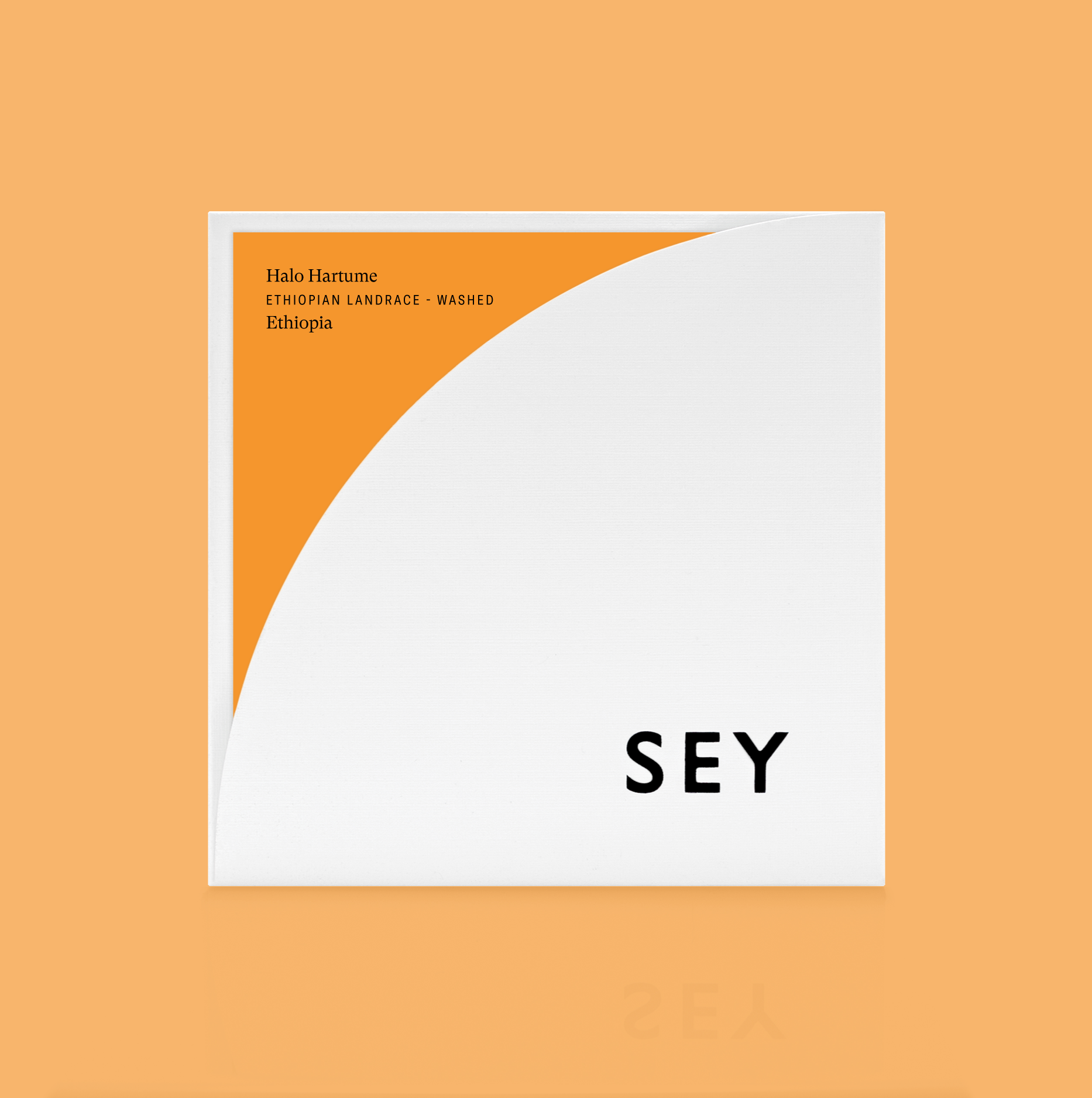
This year’s selection stays on the bright, crisp, and clean side of the profiles we see from Gedeb—offering a plethora of light fruit tones complemented by soft floral tea notes. The fruit character hovers between ripe peach, tropical nuance, and other stone fruits.
Ethiopian Landrace
Gedeb, Yirgachefe
1,900 - 2,210 masl
December, 2024
Hand-picked at peak ripeness. Fermented underwater for 24–48 hours. Dried on raised beds for 10–14 days.
ABOUT HALO HARTUME
Worasa Mijane and his son Daniel are both natives of Gedeb. In the early 2000s, Worasa began processing coffee at his first site in Worka Sakaro. Nearly a decade later, in 2013, he and Daniel established a second washing station in Halo Hartume, just a few kilometers to the west.
Yirgachefe is known for introducing the world to the floral and citric profiles of washed Ethiopian coffees. It was here that the washed process gained global recognition, and the town quickly became synonymous with some of the most iconic flavor profiles in specialty coffee.
ABOUT ETHIOPIAN LANDRACE
Ethiopia is widely acknowledged as the geographic origin of coffee, and its production continues to represent about 10% of the country's gross domestic product. DNA testing has confirmed over 60 distinct varieties growing in Ethiopia, making it home to the most coffee biodiversity of any region in the world. Given the tradition of coffee production in Ethiopia and the political interworkings of the Ethiopian coffee trade, it is virtually impossible to get single-variety lots from Ethiopia. This is changing, albeit very slowly. Most Ethiopian coffees are blends of the wide Ethiopian varieties and are therefore referred to simply as 'Ethiopian Landrace.'
Pricing Details
FARM GATE (USD; CHERRY)
$5.26/KG
FOB
$14.53/KG
FOT
$15.92/KG
The cost of getting a coffee from cherry to beverage varies enormously depending on its place of origin and the location of its consumption. The inclusion of price transparency is a starting point to inform broader conversation around the true costs of production and the sustainability of specialty coffee as a whole.